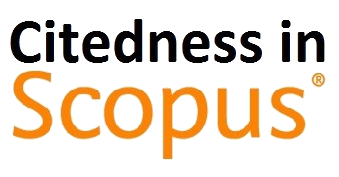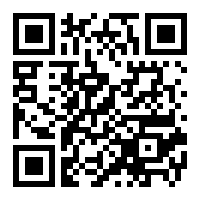Software Testing with the approach of Blackbox Testing on the Academic Information System
(1) Department of Informatics, Faculty of Science and Technology Universitas Islam Negeri (UIN) Maulana Malik Ibrahim, Malang, Indonesia
(*) Corresponding Author
Abstract
Full Text:
PDFReferences
Sutiah and Supriyono, “Improvement of e-learning based on hybrid learning methods at the university in the era of industrial revolution 4.0,” Int. J. Adv. Sci. Technol., vol. 29, no. 6 Special Issue, pp. 2137–2142, 2020.
I. B. Santoso, Supriyono, C. Crysdian, and K. F. H. Holle, “Optimization of naïve bayes classifier to classify green open space object based on google earth image,” 2018 Int. Semin. Res. Inf. Technol. Intell. Syst. ISRITI 2018, pp. 465–469, 2018.
P. M. Jacob and M. Prasanna, “A Comparative analysis on Black box testing strategies,” Proc. - 2016 Int. Conf. Inf. Sci. ICIS 2016, pp. 1–6, 2017.
G. Betta, D. Capriglione, A. Pietrosanto, and P. Sommella, “A statistical approach for improving the performance of a testing methodology for measurement software,” IEEE Trans. Instrum. Meas., vol. 57, no. 6, pp. 1118–1126, 2008.
T. Y. Chen and P. L. Poon, “Experience With Teaching Black-Box Testing in a Computer Science/Software Engineering Curriculum,” IEEE Trans. Educ., vol. 47, no. 1, pp. 42–50, 2004.
F. Edgar and A. Geare, “Inside the ‘black box’ and ‘HRM,’” Int. J. Manpow., vol. 30, no. 3, pp. 220–236, 2009.
S. Supriyono and S. Sutiah, “Improvement of Project Management Using Accelerated SAP Method in the Odoo ERP,” pp. 1–9, 2020.
S. Sutiah and S. Supriyono, “Fuzzy topsis optimization on expert systems for core competency detection and Islamic religious education student learning achievement at Perguruan Tinggi Keagamaan Islam Negeri (PTKIN),” IOP Conf. Ser. Mater. Sci. Eng., vol. 732, no. 1, 2020.
H. Wu, “An effective equivalence partitioning method to design the test case of the WEB application,” 2012 Int. Conf. Syst. Informatics, ICSAI 2012, no. Icsai, pp. 2524–2527, 2012.
A. P. Estrada-Vargas, E. López-Mellado, and J. J. Lesage, “A Black-Box Identification Method for Automated Discrete-Event Systems,” IEEE Trans. Autom. Sci. Eng., vol. 14, no. 3, pp. 1321–1336, 2017.
M. A. Khan and M. Sadiq, “Analysis of black box software testing techniques: A case study,” Proc. 2011 Int. Conf. Work. Curr. Trends Inf. Technol. CTIT’11, no. i, pp. 1–5, 2011.
T. Murnane, K. Reed, and R. Hall, “On the learnability of two representations of equivalence partitioning and boundary value analysis,” Proc. Aust. Softw. Eng. Conf. ASWEC, pp. 274–283, 2007.
D. Marijan, N. Teslic, M. Temerinac, and V. Pekovic, “On the effectiveness of the system validation based on the black box testing methodology,” 2009 IEEE Circuits Syst. Int. Conf. Test. Diagnosis, ICTD’09, 2009.
W. Feng, “A generalization of boundary value analysis for input parameters with functional dependency,” Proc. - 9th IEEE/ACIS Int. Conf. Comput. Inf. Sci. ICIS 2010, pp. 776–781, 2010.
DOI: https://doi.org/10.30645/ijistech.v3i2.54
Refbacks
- There are currently no refbacks.
Jumlah Kunjungan:
Published Papers Indexed/Abstracted By:












